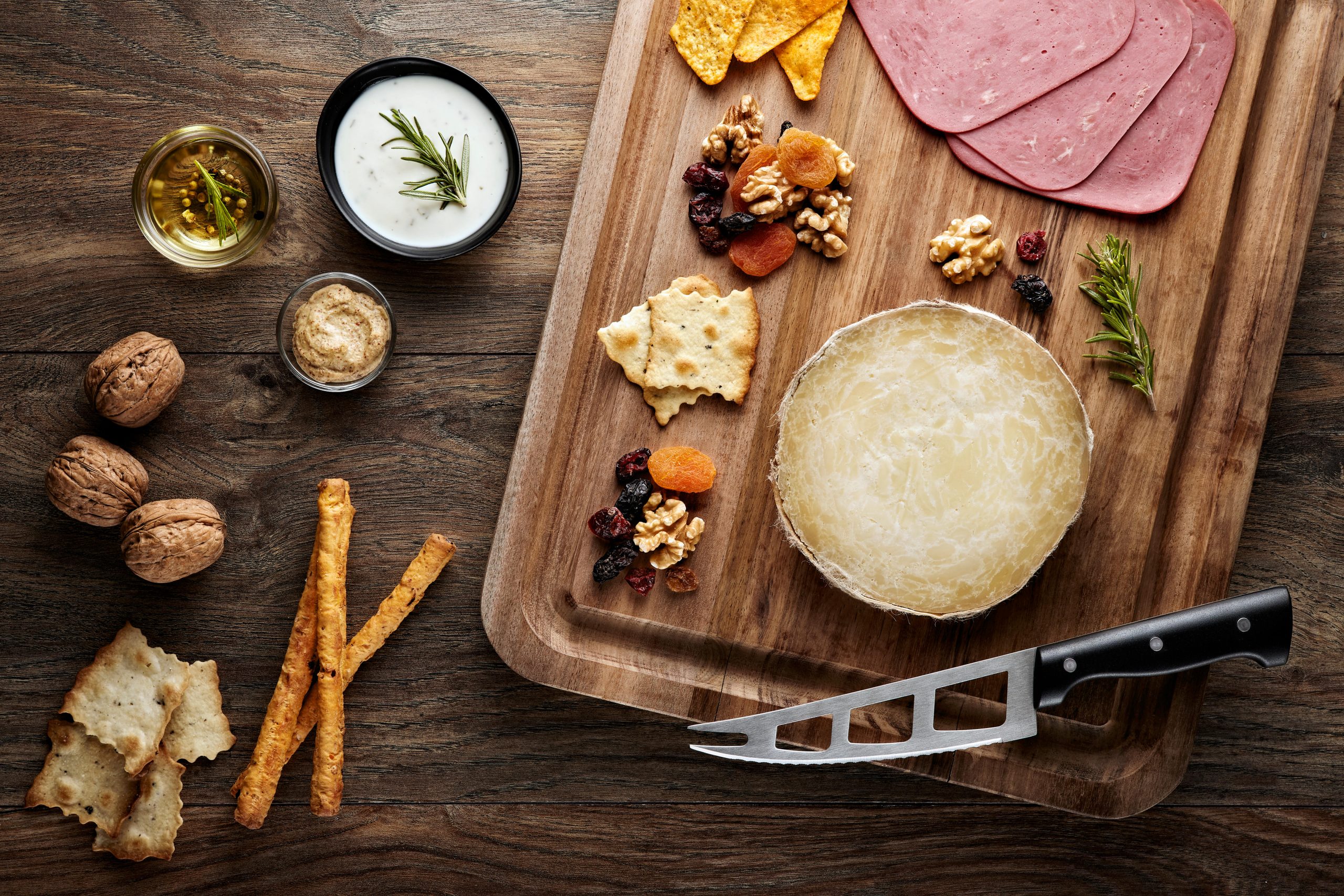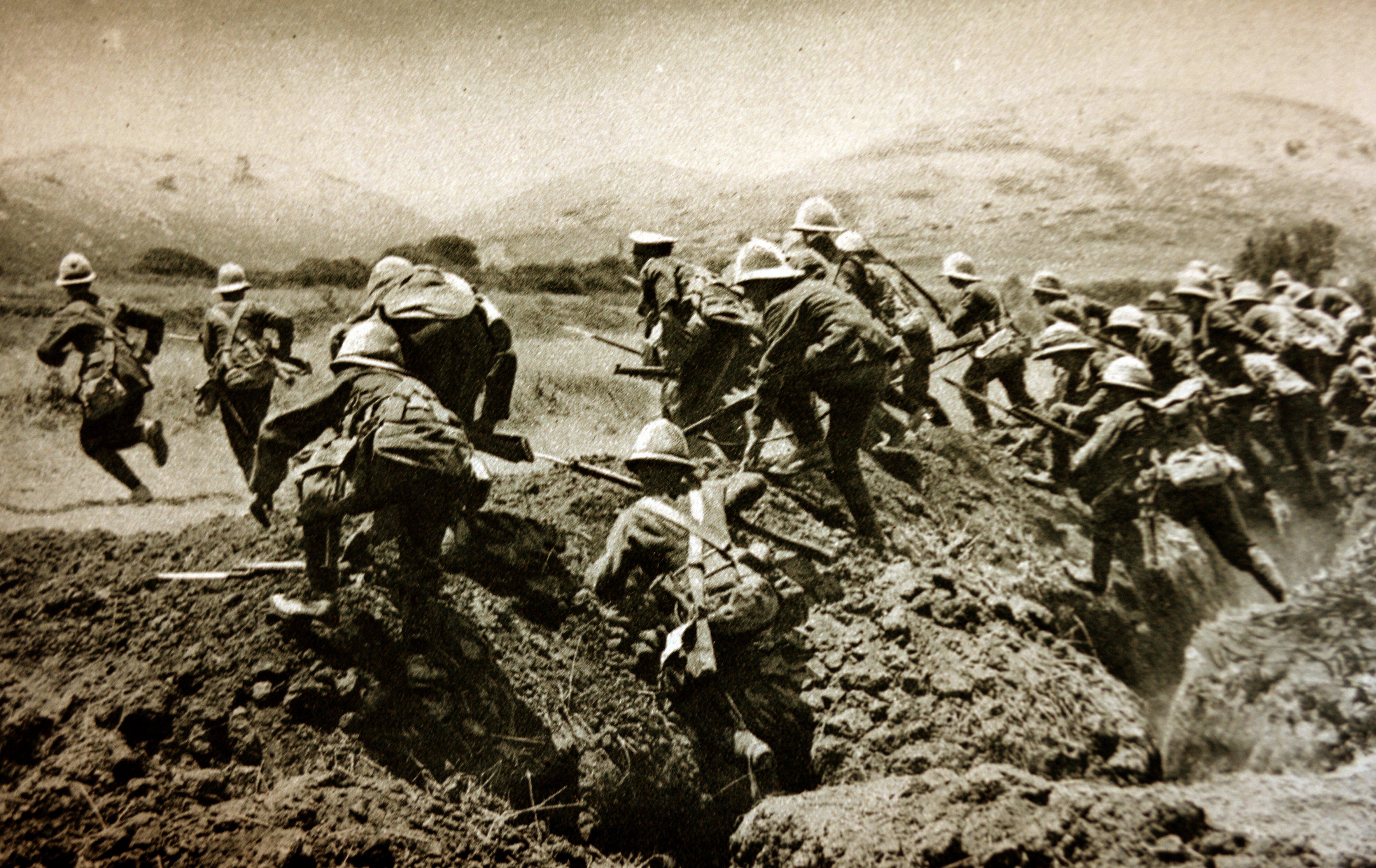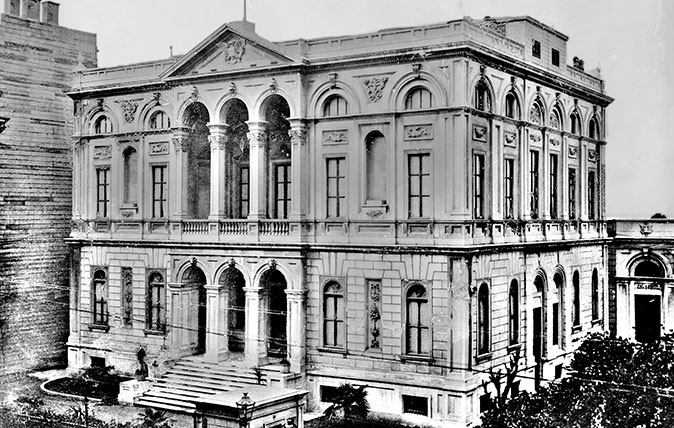Jason Goodwin: I bought a 4lb cheese wrapped in goat skin that looked like a Moomin and brought it 2,500 miles back home. What could go wrong?
Our intrepid columnist goes the extra mile to bring a cave-aged Turkish delicacy back to England — only to run in to a group of guests who give him the distinct impression that they'd rather he hadn't bothered.

It isn’t long until Christmas and, if you need ideas for your beloved, my advice is to buy them a cheese dome. They’re made of clear glass, with a knob on the top, and come in sizes to suit every purse and appetite. Not madly romantic, but they look twinkly and they are very good for keeping cheese.
I was in Turkey recently with Jeremy Seal, the polymathic Turcophile, to visit the astonishing ruined churches of Karaman, the lost classical cities of Thermessos and Sagalassos and the cliff-side chickpea stores of Tulsum village, which keep chickpeas and grain unspoiled for 50 years. Stopping for a picnic, we entered a bakery to buy some of their delicious pide, freshly raised on the hot plate. Then we noticed sacks of olives and had a bag or two of those, plus some white cheese, similar to feta, and we were about to go and buy a knife and some tomatoes when my attention was caught by a glass counter full of small, furry gnomes.
Turkey, I said, is a country of astonishing regional diversity and yet, wherever you go, you are faced with the same rather bland white cheese. They do cheese strings and a few variations on the feta-like stuff, which a 17th-century traveller disliked — ‘a beastly pressed cheese that lyeth in a lump’ — but never, I complained, does one find a cheese of age or interest.
De Gaulle made the opposite complaint about France, when he despaired of governing a country with 365 different sorts of cheeses, and there may be an analogy to be drawn between cheese and autocracy: it could be that the imposition of Republican modernity on Turkey swept away a gallimaufry of Ottoman cheeses, as it did Sufis, odalisques and pashas. Perhaps all the really interesting bacteria were scrubbed away in the updating of the nation. Atatürk was no gourmand and President Erdogan doesn’t look like a bon viveur.
"The baker had a lot to say about storing it, filtered through sign language and facial expressions. ‘You must freeze it immediately,’ he seemed to say, unless he said that whatever you do, don’t freeze it."
Yet the shapes behind the glass were pointy cheeses, covered in what looked like a furry white mould. Standing about 18in tall, they resembled a crowd of Moomins or a collection of brimless shepherd’s hats, because each cheese was sewn into its own goat-skin wrapper. The hair is on the outside. The cheese, known as Divle Obruk, matures in deep underground caves and is about as wild and unpasteurised and authentic as you could ever wish for. I decided to slip out the following morning before breakfast and buy one for the home team.
The baker had a lot to say about storing it, filtered through sign language and facial expressions. ‘You must freeze it immediately,’ he seemed to say, unless he said that whatever you do, don’t freeze it. ‘It will be absolutely fine rolling around in the boot of your car,’ he added; although he may have meant that on no account should we leave it to roll around in the boot in hot weather. Who knows?
I bought a cheese weighing about 4lb. It was like choosing a dog in a pound or a baby in an orphanage. We wrapped it firmly in plastic bags and, a few days later, I unveiled it at home to the assembled company.
Exquisite houses, the beauty of Nature, and how to get the most from your life, straight to your inbox.
I gave the spiel and sliced off its top. The reaction was fundamentally underwhelming. Where I thought I could taste the microbial imprint of the plains of Konya, the lost churches of Binbirkilise, the pashas and the odalisques of a vanished world, my guests were more circumspect.
‘It tastes of farmyard,’ they said, cautiously.
That’s another good use for the cheese dome. You can leave a cheese wrapped in goatskin under the glass and it doubles as a museum case.

Jason Goodwin: The madness of Gallipoli, and the British officer ordered to fight the men who once honoured him
After years of regular visits to Turkey, Jason Goodwin finally makes it to Gallipoli where he is humbled and sobered
